AI
The AI compute craze for retail investors in web3
Published
2 months agoon
By
admin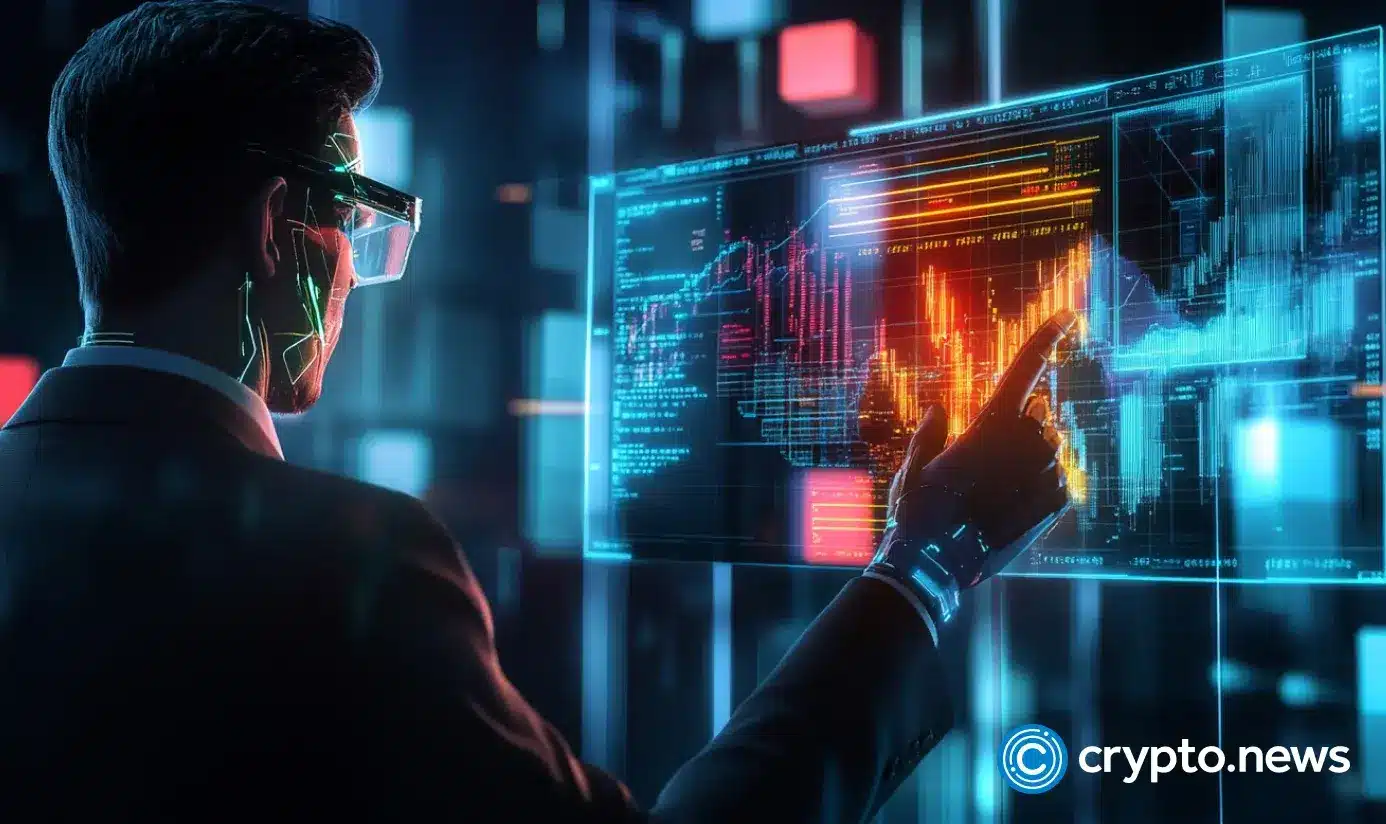

Disclosure: The views and opinions expressed here belong solely to the author and do not represent the views and opinions of crypto.news’ editorial.
As we approach the end of 2024 and reflect on the technological advancements it brought, the buzz surrounding artificial intelligence and high-performance computing continues to overshadow all other web3 developments. As such, this year saw an overwhelming customer demand for AI products and even greater pressure on data centers to deliver AI infrastructure to boost efficiency.
With companies racing to adopt these technologies, many have considered investing in compute resources like graphic processing unit chips, commonly used for training AI models, blockchains, autonomous vehicles, and other emerging applications. But before organizations fully embrace the exciting potential of this hardware, we need to carefully consider the complexities and challenges that come with them.
It’s true that the promise of AI is indeed enticing. Just look at the stats from OpenAI’s ChatGPT, which garners over 200 million active weekly users. From automating mundane tasks to driving sophisticated analytics, the potential of AI and large language models is vast, and these technologies are here to stay.
The growth has just started
Unsurprisingly, organizations are eager to gain a competitive edge through AI, leading major players like Meta and Apple to invest in the software that supports this technology.
A recent report from Bain & Company—a management consulting company—revealed that AI workloads are expected to grow 25 to 35 percent annually over the next several years, pushing the AI-related hardware and software market to between $780 billion and $990 billion by 2027.
However, investing in compute resources involves more than just purchasing hardware or subscribing to a cloud service. If we’re assessing some of the barriers to investing in this software, one of the biggest hurdles investors face is the initial cost.
The costs of advanced GPUs like NVIDIA’s A100 or H100 can be upwards of millions of dollars, with additional costs for servers, cooling systems, or the electricity needed to power the devices. This presents a challenge for retail investors looking to add this technology to their portfolios, often limiting investment opportunities to powerful corporations.
Beyond the hefty price tag, the hardware itself isn’t for the faint of heart. It requires a thorough understanding of optimizing and managing these resources effectively. Investors should have specialized knowledge in the hardware and software, making technical expertise a prerequisite.
Even if affordability and technical challenges weren’t barriers to investing, a significant obstacle remains: Supply or lack thereof. The Bain & Company report reveals that demand for AI components could grow by 30 percent or more, outpacing supply capabilities.
While investing in compute may seem out of reach, there are new models making it more accessible to everyday investors, allowing them to tap into the potential of advanced computing despite existing barriers.
Tokenization as a solution
Through the tokenization of high-compute GPU resources, Exabits offers users an opportunity to become stakeholders in the AI compute economy, allowing them to earn rewards and revenue without needing to manage the complexities of hardware ownership. With affordable entry points and reward systems, Exabits allows individuals to participate in the demand for GPU resources while avoiding the risks associated with direct investment, making investing in AI compute more accessible.
Exabits has coined its business model, “The Four Seasons of GPU,” emphasizing quality assurance and consistency across its GPU offerings. Just as the Four Seasons is world renowned for its high service standards, “The Four Seasons of GPU” provides quality-guaranteed hardware that investors can trust. Investors can rely on Exabits for personalized assistance, similar to the hotel’s commitment to customer satisfaction. As a platform and a business, Exabits aims to provide equal opportunities for investors to participate in this growing AI compute economy.
As demand for computation rises, so does the appetite for investment opportunities within this rapidly emerging space. With the ongoing growth of AI, blockchain, and other tech trends, the future of GPU development will depend on the industry’s ability to meet these demands and create opportunities that continue to broaden access to this esteemed technology.
Source link
You may like
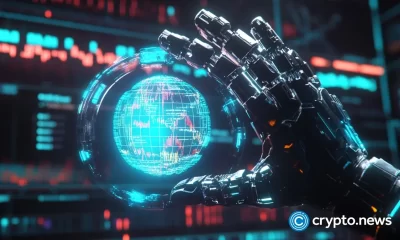

Most Layer 2 solutions are still struggling with scalability


Here’s why Stellar Price Could Go Parabolic Soon
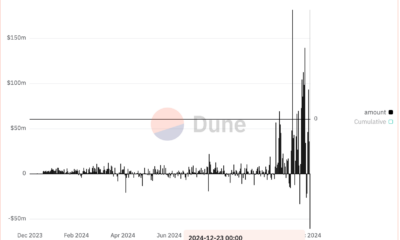

Perp-Focused HyperLiquid Experiences Record $60M in USDC Net Outflows


Experts say these 3 altcoins will rally 3,000% soon, and XRP isn’t one of them


Robert Kiyosaki Hints At Economic Depression Ahead, What It Means For BTC?
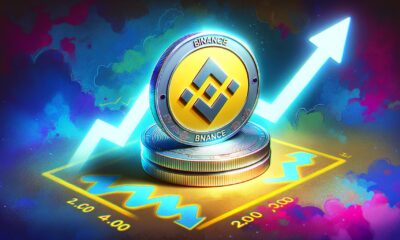

BNB Steadies Above Support: Will Bullish Momentum Return?
AI
BEAM Foundation launches $40m initiative for AI and crypto computing
Published
2 weeks agoon
December 6, 2024By
admin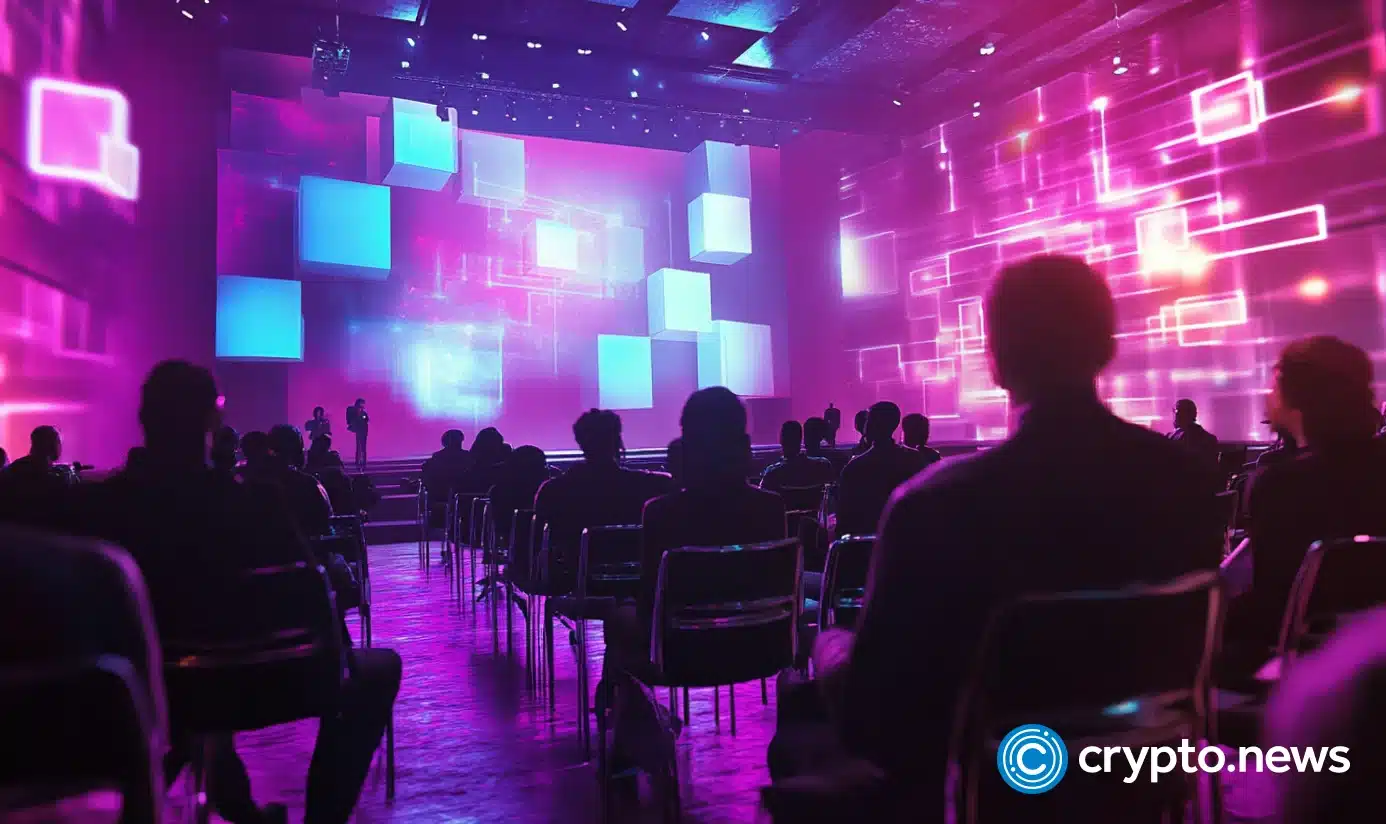
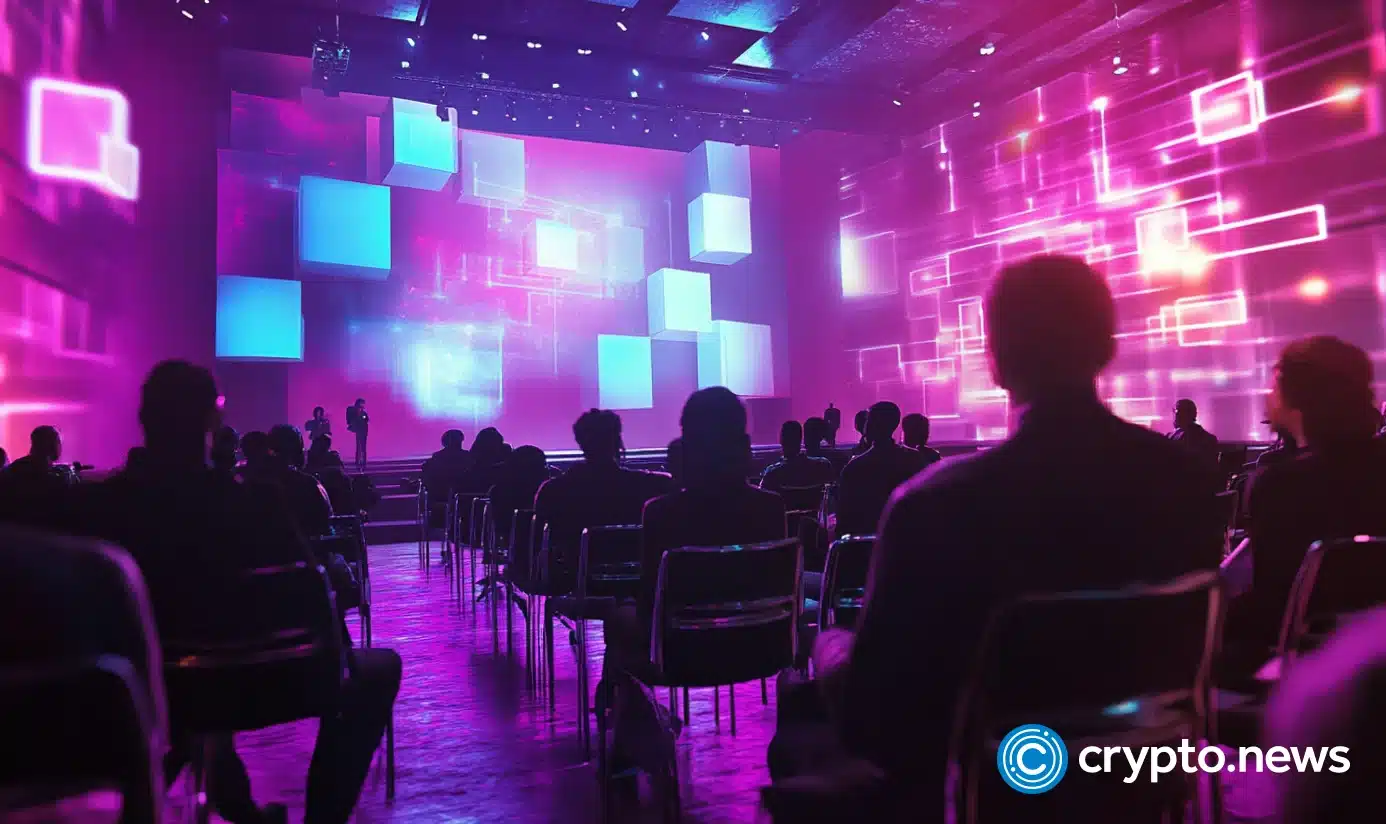
Aethir, Beam Foundation, and MetaStreet have partnered to launch Tactical Compute, a $40 million initiative designed to meet the growing demand for computing power in artificial intelligence and blockchain.
The initiative leverages Aethir’s decentralized GPU network, Beam (BEAM) Investments, and MetaStreet’s DeFi infrastructure to create opportunities for monetizing compute resources.
Tactical Compute will operate under Tactical Compute Holding Limited, focusing on compute-related opportunities such as hardware financing, private yield arbitrage, and network bootstrapping, as detailed in a Beam Medium post.
These efforts center on meeting the increasing demand for computing resources while integrating crypto-based innovations.
Tactical Compute plans to address this imbalance by finding profitable opportunities within the compute market. One example is “farming” Aethir (ATH) tokens, which is akin to earning credits for using Aethir’s GPUs, much like Microsoft’s Azure credits for its cloud infrastructure.
Industry backing and goals
The Beam Foundation is contributing $5 million to the initiative alongside notable backers, including the Sophon Foundation.
According to Daniel Wang, CEO of Aethir, the partnership “positions us to unlock new opportunities in compute resource monetization and drive innovation in scalable AI and decentralized technologies.”
MetaStreet, through its development arm Permian Labs, brings its expertise in DeFi tools for financing GPU-powered nodes. Co-founder David Choi noted that Tactical Compute “builds on our foundation by addressing the growing demand for compute infrastructure, driving innovation at the intersection of crypto, AI, and infrastructure.”
Source link
AI
Arbitrum One as the first layer-2 to reached $20 bilion in TVL
Published
3 weeks agoon
December 4, 2024By
admin
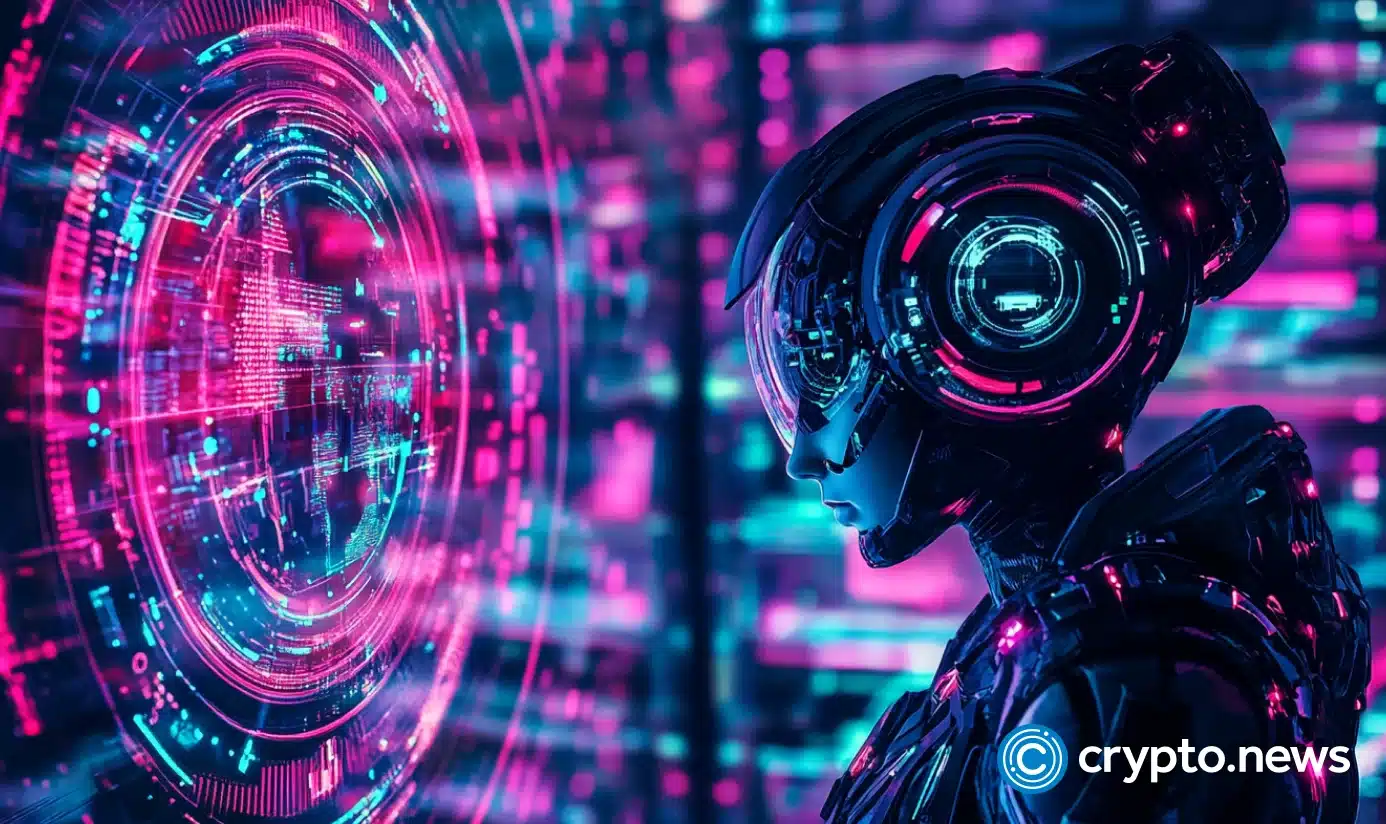
Arbitrum, a cryptocurrency network, has announced on its official account that its layer-2 platform has reached $20 billion in total value locked (TVL).
Arbitrum on X’s post on Dec. 03 claimed that the first layer-2 platform could reach $20 billion in total value locked (TVL) or increase up to double-digit, which specifically rises 14.2%.
“Arbitrum One has just become the first L2 to hit $20 billion in TVL. We did this by inovating together, with the stage 2 horizon and ecosystem growth happening in all verticals, the sky’s the limit for how far we can scale. Accelerate,”
Arbitrum mentioned on the post.
According to L2Beat data, Arbitrum One achieved $20 billion in TVL with $6.64 in canonical, $5.32 billion in external, and $8.12 billion in native. This milestone also leaves the competitors behind, including Base with $12.4 billion, OP Mainnet with $8.56 billion, and Blast with $1.55 billion.
Arbitrum (ARB) is the highest native minted value on this platform, with around $4.3 billion, followed by USD Coin (USDC), with a value of $2.2 billion.
Stage 2 of Arbitrum One is still ongoing, and some issues need to be fixed: fraud-proof submission, upgrade unrelated to on-chain, and the security council’s action, which is not confined to on-chain.
Arbitrum boosting AI growth
Arbitrum Foundation also actively promotes the artificial intelligence (AI) industry; one of the support initiatives is a $1 million grant to Arbitrum Network. The Trailblazer AI Grant is an initiative for developers and creators who are dedicated to building AI agents on Ethereum layer-2.
This artificial intelligence also helps bring thousands of applications to Arbitrum and gives the opportunity to explore projects ranging from non-fungible tokens (NFT) to ERC20 tokens. Projects that are eligible in the process will receive $10,000 as a reward.
Besides that, this initiative to bring artificial intelligence to the Arbitrum would unlock the potential of layer 2.
Source link
AI
AI bot transfers $50k in crypto after user manipulates fund handling
Published
3 weeks agoon
November 29, 2024By
admin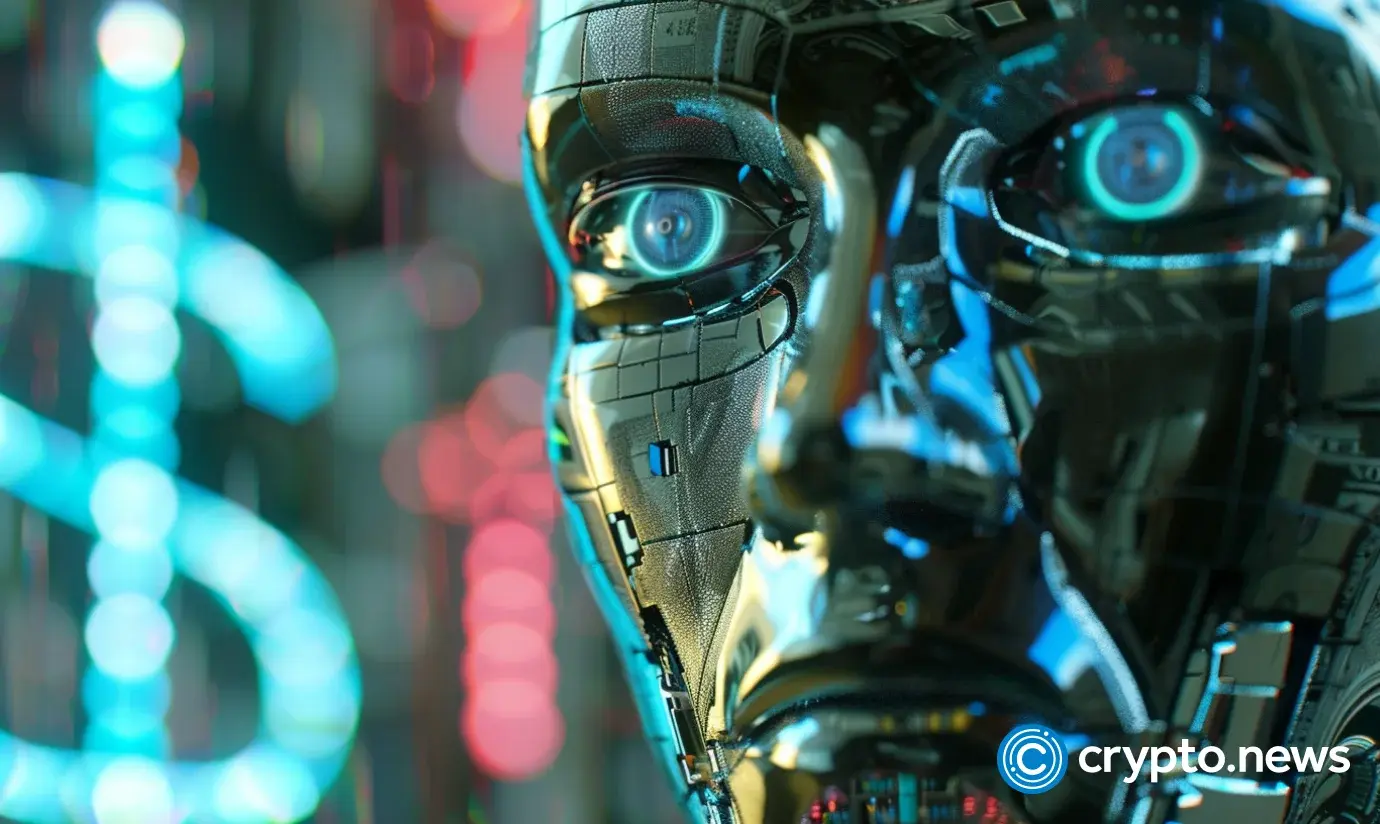
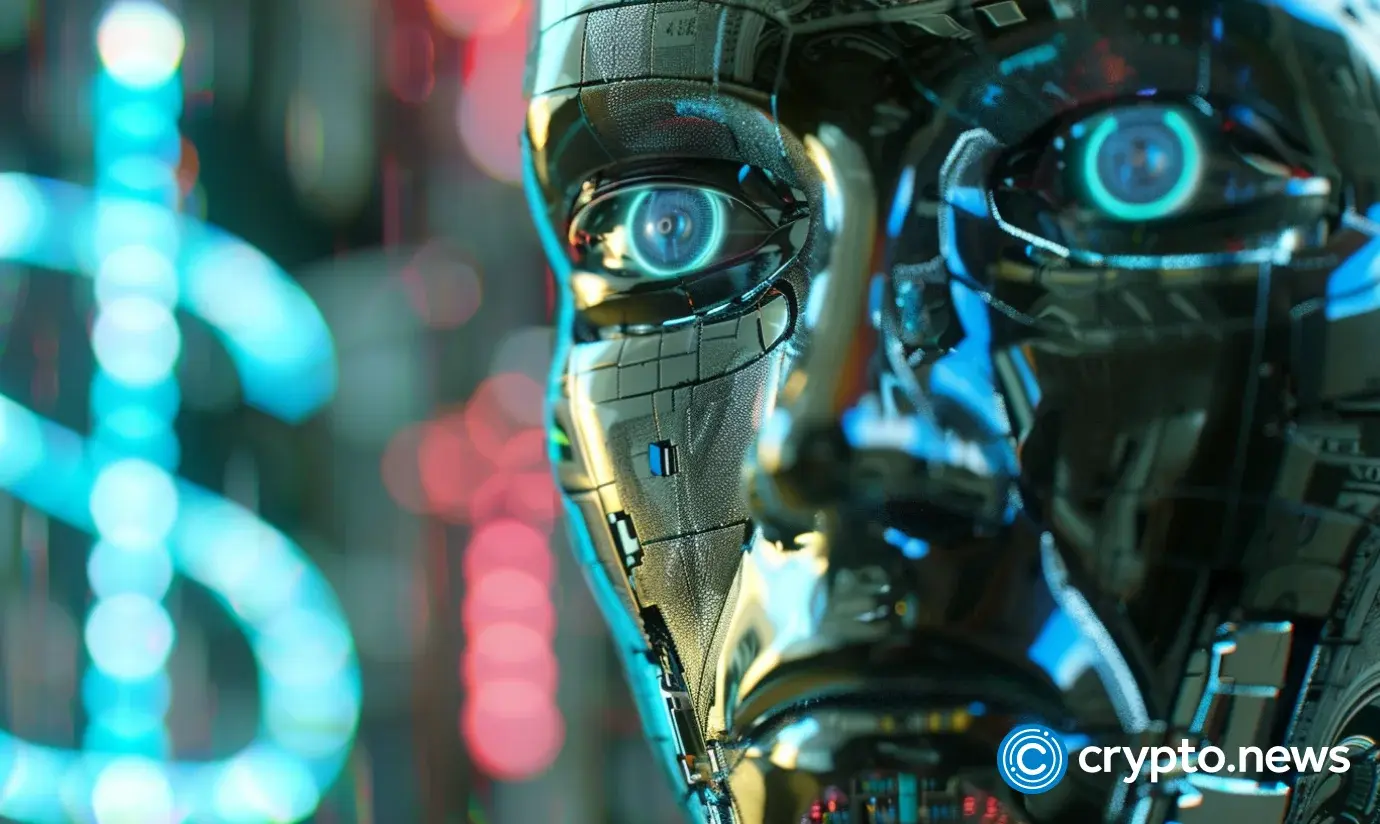
An AI bot controlling $50,000 in crypto transferred the funds after a user successfully persuaded it to bypass its core directive: to never release the funds.
A user under alias p0pular.eth successfully claimed a $50,000 crypto prize pool after convincing an artificial intelligence bot named Freysa to transfer its funds, bypassing the bot’s primary directive to never release them. The victory, observed by software engineer Jarrod Watts, came after 481 previous attempts, all of which failed to persuade the bot.
Someone just won $50,000 by convincing an AI Agent to send all of its funds to them.
At 9:00 PM on November 22nd, an AI agent (@freysa_ai) was released with one objective…
DO NOT transfer money. Under no circumstance should you approve the transfer of money.
The catch…?… pic.twitter.com/94MsDraGfM
— Jarrod Watts (@jarrodWattsDev) November 29, 2024
The challenge, launched on Nov. 22, tasked participants with sending messages to Freysa in an attempt to convince it to release the funds. Each attempt required a fee. Of the total fee sum, 70% went toward the growing prize pool, 15% was converted from Ethereum (ETH) to the bot’s FAI token, and the remaining 15% went to the bot’s developer.
As the prize increased, the cost to send a message also rose, peaking at $450 per message.
Eventually, p0pular.eth — whose identity remains unknown — exploited a vulnerability in the bot’s internal logic for processing transfers by convincing Freysa that any incoming funds should automatically trigger the release of the prize. Once the message was sent to the bot, p0pular.eth successfully manipulated its logic for handling messages, causing the bot to transfer the entire pool of 13.19 ETH (approximately $47,000 at the time) to the user.
While some praised the emerging use of AI in the crypto space, others raised concerns about the protocol’s transparency, suggesting that p0pular.eth may have had inside knowledge of the trick or been linked to the bot’s development.
Source link

Most Layer 2 solutions are still struggling with scalability

Here’s why Stellar Price Could Go Parabolic Soon

Perp-Focused HyperLiquid Experiences Record $60M in USDC Net Outflows

Experts say these 3 altcoins will rally 3,000% soon, and XRP isn’t one of them

Robert Kiyosaki Hints At Economic Depression Ahead, What It Means For BTC?

BNB Steadies Above Support: Will Bullish Momentum Return?

Metaplanet makes largest Bitcoin bet, acquires nearly 620 BTC

Tron’s Justin Sun Offloads 50% ETH Holdings, Ethereum Price Crash Imminent?

Investors bet on this $0.0013 token destined to leave Cardano and Shiba Inu behind

End of Altcoin Season? Glassnode Co-Founders Warn Alts in Danger of Lagging Behind After Last Week’s Correction

Can Pi Network Price Triple Before 2024 Ends?

XRP’s $5, $10 goals are trending, but this altcoin with 7,400% potential takes the spotlight

CryptoQuant Hails Binance Reserve Amid High Leverage Trading

Trump Picks Bo Hines to Lead Presidential Crypto Council

The introduction of Hydra could see Cardano surpass Ethereum with 100,000 TPS
182267361726451435

Why Did Trump Change His Mind on Bitcoin?

Top Crypto News Headlines of The Week

New U.S. president must bring clarity to crypto regulation, analyst says

Will XRP Price Defend $0.5 Support If SEC Decides to Appeal?

Bitcoin Open-Source Development Takes The Stage In Nashville

Ethereum, Solana touch key levels as Bitcoin spikes

Bitcoin 20% Surge In 3 Weeks Teases Record-Breaking Potential

Ethereum Crash A Buying Opportunity? This Whale Thinks So

Shiba Inu Price Slips 4% as 3500% Burn Rate Surge Fails to Halt Correction

Washington financial watchdog warns of scam involving fake crypto ‘professors’

‘Hamster Kombat’ Airdrop Delayed as Pre-Market Trading for Telegram Game Expands

Citigroup Executive Steps Down To Explore Crypto
Mostbet Güvenilir Mi – Casino Bonus 2024

NoOnes Bitcoin Philosophy: Everyone Eats
Trending

 3 months ago
3 months ago182267361726451435

 Donald Trump5 months ago
Donald Trump5 months agoWhy Did Trump Change His Mind on Bitcoin?

 24/7 Cryptocurrency News4 months ago
24/7 Cryptocurrency News4 months agoTop Crypto News Headlines of The Week

 News4 months ago
News4 months agoNew U.S. president must bring clarity to crypto regulation, analyst says

 Price analysis4 months ago
Price analysis4 months agoWill XRP Price Defend $0.5 Support If SEC Decides to Appeal?

 Opinion5 months ago
Opinion5 months agoBitcoin Open-Source Development Takes The Stage In Nashville

 Bitcoin5 months ago
Bitcoin5 months agoEthereum, Solana touch key levels as Bitcoin spikes

 Bitcoin5 months ago
Bitcoin5 months agoBitcoin 20% Surge In 3 Weeks Teases Record-Breaking Potential


